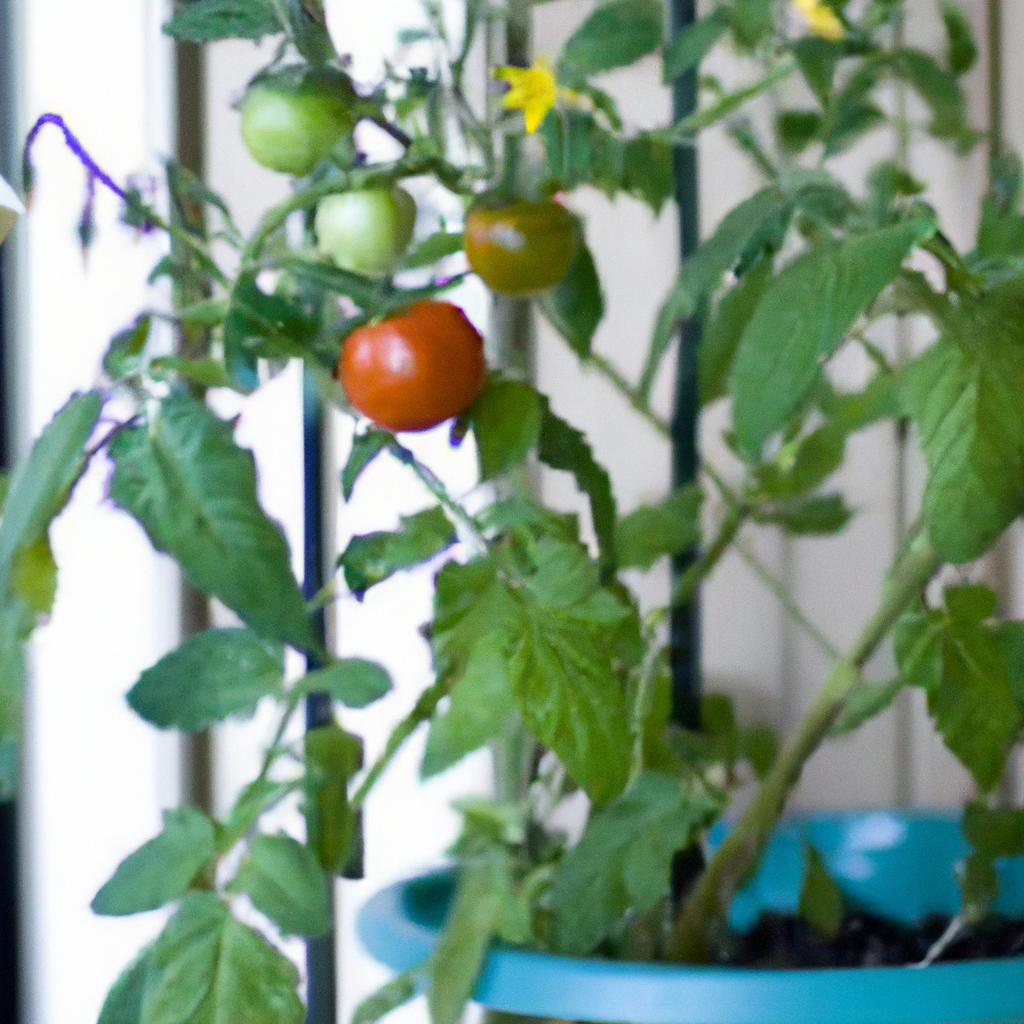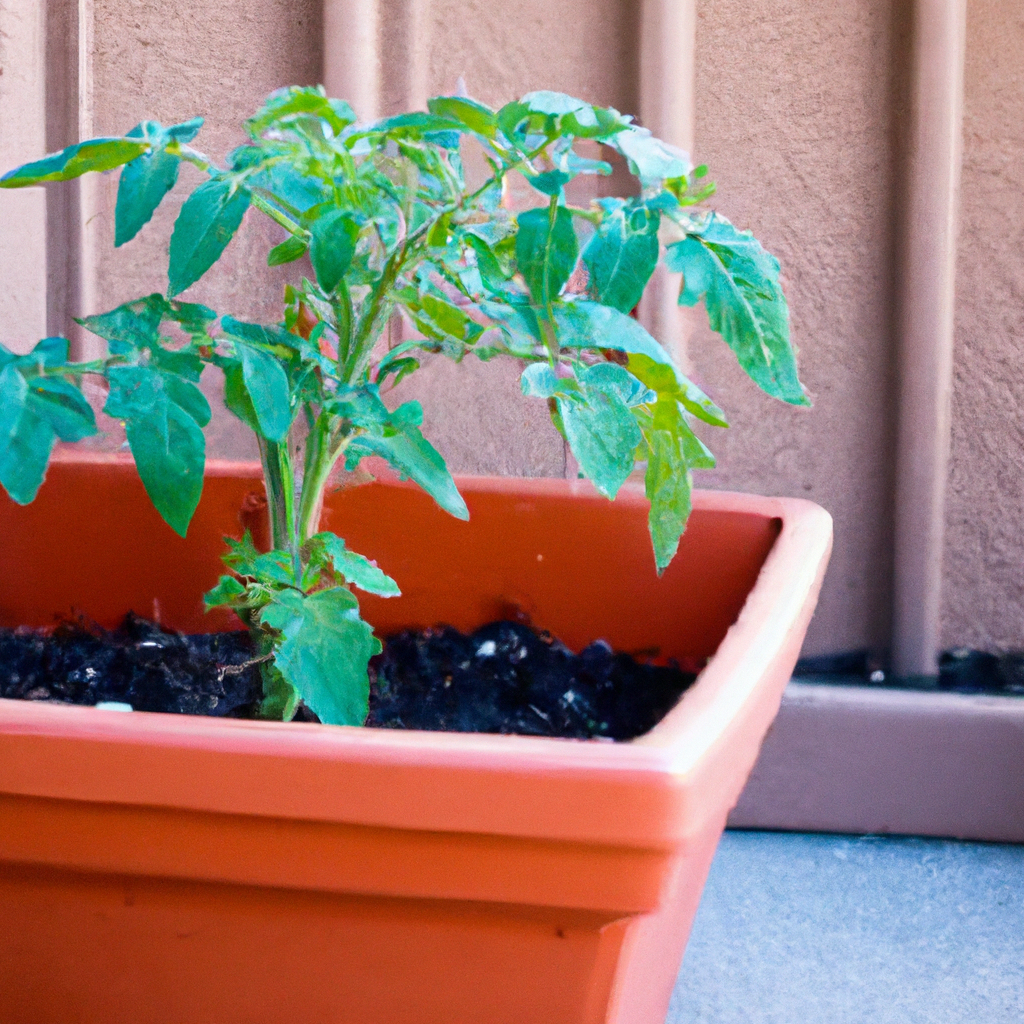
If you’ve always been curious about urban farming but don’t know where to start, look no further! This article is your ultimate guide to understanding the basics of urban farming, perfect for beginners who want to explore sustainable and self-sufficient ways of growing their own food. From transforming small balconies into thriving garden sanctuaries to harnessing the power of community gardens, you’ll discover how urban farming can bring nature closer to your doorstep and enhance your connection to the food you consume. So grab a cup of tea, sit back, and get ready to embark on an exciting journey into the world of urban farming.

Benefits of Urban Farming
Urban farming offers numerous benefits that contribute to a sustainable and thriving community. By engaging in urban farming, you not only improve food security but also promote sustainable living and enhance community engagement.
Improving Food Security
One of the main advantages of urban farming is the improvement in food security. By growing your own food in urban areas, you reduce reliance on external food sources, which can be vulnerable to disruptions in supply chains and can result in food shortages. With urban farming, you can cultivate a variety of crops right in your own backyard or even on rooftops, ensuring a constant and reliable source of fresh produce.
Promoting Sustainable Living
Urban farming is a great way to promote sustainable living practices. By growing your own food locally, you minimize the environmental impact associated with long-distance transportation of produce. This reduces carbon emissions and promotes a more sustainable and eco-friendly lifestyle. Additionally, urban farming often incorporates organic and sustainable farming methods, avoiding the use of harmful chemical pesticides and fertilizers, and supporting the health of both the environment and its inhabitants.
Enhancing Community Engagement
Urban farming fosters a sense of community and brings people together. It provides an opportunity for neighbors to collaborate and share resources, knowledge, and experiences. Community gardens and urban farms often become gathering spaces where people can bond over a common interest in growing and nurturing plants. Urban farming also opens up avenues for educational programs and workshops, allowing individuals of all ages to learn about sustainable agriculture and gain practical gardening skills.
Choosing the Right Location for Your Urban Farm
Selecting the correct location for your urban farm is crucial for its success. Consider the following factors when choosing a site:
Consideration of Space and Sunlight
For urban farming, space is often limited. Therefore, it is essential to choose a location that offers sufficient space for your crops to grow. Look for areas where sunlight exposure is optimal, as most plants require ample sunlight to thrive. Rooftops, balconies, or vacant lots are potential spaces that can be utilized for urban farming.
Accessibility to Water Sources
Access to water is crucial for the success of your urban farm. Ensure that your chosen location has access to a convenient water source. Consider installing a rainwater harvesting system to collect and store rainwater, minimizing reliance on municipal water supplies. This promotes water conservation and sustainability while ensuring your crops thrive.
Potential Noise and Pollution
Evaluate the surroundings of your chosen location for potential noise and pollution sources. While urban areas may have higher levels of noise and pollution, it’s important to minimize the impact on your crops. Choose a location that is as far away from busy roads or industrial areas as possible. This will help minimize air pollution and noise that could potentially harm your plants.

Types of Urban Farming
There are different types of urban farming methods you can explore, depending on the space available and your preferences. Some popular methods include:
Container Gardening
Container gardening is a versatile and accessible option for urban farmers with limited space. It involves growing plants in containers such as pots, buckets, or even repurposed containers like old tires or pallets. This method allows you to create a portable garden that can be placed on balconies, rooftops, or in small outdoor areas. Container gardening provides the opportunity to grow a variety of plants, including herbs, vegetables, and even small fruit trees.
Vertical Gardening
Vertical gardening is a space-saving technique that utilizes vertical structures such as walls or trellises to grow plants. By using wall-mounted containers or hanging baskets, you can maximize the use of vertical space while still enjoying a bountiful harvest. This method is ideal for climbers, vining plants, and herbs, as they can be trained to grow upwards, creating a visually appealing and productive urban garden.
Rooftop Gardening
Rooftop gardening involves utilizing the rooftop space of buildings for growing plants. It is particularly beneficial in urban areas where horizontal space is limited. Rooftop gardens can range from small-scale container gardens to larger-scale green roofs, which involve creating a layer of vegetation on the rooftop. This type of urban farming brings multiple benefits, including insulation for the building, reduction of the heat island effect, and improved air quality.
Selecting Suitable Crops
When it comes to urban farming, selecting the right crops is crucial to ensure a successful harvest. Consider the following factors when choosing which crops to grow:
Understanding Microclimates
Urban areas often have microclimates, which are localized climates influenced by factors such as buildings, concrete, and vegetation. Take the time to understand the microclimate of your chosen location. Observe how the sun moves throughout the day and the impact of nearby buildings on shade patterns. This knowledge will help you select crops that can thrive in the specific conditions of your urban farm.
Choosing High-Yield Varieties
In urban farming, space is limited, so it is important to choose crops that have a high yield. Opt for varieties that are known for their productivity, such as cherry tomatoes, salad greens, or herbs like basil and mint. These crops can be harvested multiple times throughout the growing season, maximizing your harvest in a limited space.
Considering Suitable Growing Seasons
Different crops have different growing seasons. Consider the length of your growing season and choose crops that can be successfully grown within that timeframe. Some crops, such as lettuce and radishes, have a short growing season and can be harvested quickly, while others, like tomatoes or melons, require a longer growing season. Plan accordingly to ensure you have a continuous supply of fresh produce throughout the year.

Soil and Composting Basics
Proper soil preparation is vital for the success of your urban farm. Follow these guidelines to ensure your plants have a healthy growing environment:
Importance of Healthy Soil
Healthy soil provides essential nutrients for plant growth, supports root development, and retains moisture. Prioritize soil health by ensuring it is well-draining, has good structure, and is rich in organic matter. Healthy soil promotes healthy plant growth, reducing the risk of diseases and maximizing crop yield.
Testing and Amending Soil
Before you start planting, it is important to test your soil’s pH and nutrient content. Soil testing kits can be purchased online or from your local gardening store. Based on the test results, you can then amend the soil by adding organic matter, such as compost or well-rotted manure, to improve its fertility and structure. Additionally, consider incorporating other soil amendments, such as lime to adjust pH, to create an optimal growing environment for your crops.
Creating a Composting System
Composting is a sustainable practice that recycles organic waste and transforms it into nutrient-rich compost. Set up a composting system to create your own compost at home. Utilize kitchen scraps, yard waste, and other organic materials to feed your compost pile. Over time, these materials break down through natural processes, forming nutrient-dense compost that can be used to improve soil fertility and promote healthy plant growth.
Irrigation and Water Management
Proper irrigation and water management are crucial for the health and productivity of your crops. Consider the following aspects when setting up your irrigation system:
Types of Irrigation Systems
There are several types of irrigation systems available for urban farming. Drip irrigation, for example, delivers water directly to the base of plants, minimizing water waste by reducing evaporation. Sprinkler systems are another option, which distribute water over a larger area. Choose an irrigation system that suits your specific needs and resources, ensuring efficient water delivery to your plants.
Water Conservation Techniques
Water conservation is essential in urban farming, particularly in areas where water availability may be limited. Implement water conservation techniques such as mulching, which helps retain moisture in the soil, reducing the need for frequent watering. Mulching also acts as a barrier, preventing weed growth and maintaining a more stable soil temperature.
Rainwater Harvesting
Rainwater harvesting is a sustainable practice that can supplement your water supply. Install rain barrels or cisterns to collect rainwater runoff from rooftops. This water can then be used to irrigate your crops during dry spells, reducing reliance on municipal water sources. Rainwater harvesting not only conserves water but also helps prevent runoff and soil erosion.

Pest and Disease Control
Preventing and managing pests and diseases is essential for maintaining the health and productivity of your urban farm. Consider the following strategies for effective pest and disease control:
Preventative Measures
Implement proactive measures to prevent pests and diseases from affecting your crops. This includes maintaining good garden hygiene by removing plant debris and weeds that may harbor pests or diseases. Practice crop rotation, alternating the type of crops grown in specific areas each season to reduce the likelihood of pests and diseases building up in the soil.
Organic Pest Control Methods
Instead of relying on chemical pesticides, opt for organic pest control methods that are safe for both your plants and the environment. This includes introducing beneficial insects, such as ladybugs or lacewings, that naturally prey on pests. Another effective method is using companion planting techniques, where certain plants are grown together to repel pests or attract beneficial insects.
Identifying and Treating Common Pests and Diseases
Regularly inspect your plants for signs of pests and diseases. Learn to identify common pests, such as aphids, caterpillars, or spider mites, and the symptoms of diseases like powdery mildew or blight. Depending on the severity of the issue, consider organic treatments such as neem oil or insecticidal soap to control pests or use appropriate disease-resistant varieties of plants.
Harvesting and Maintaining Your Urban Farm
Proper harvesting and maintenance practices are essential for a productive and thriving urban farm. Follow these guidelines to ensure optimum results:
Proper Harvesting Techniques
Each crop has specific harvesting requirements. Familiarize yourself with the appropriate harvesting techniques for the crops you have grown. Harvest vegetables and herbs at their peak of ripeness to ensure the best flavor and texture. Use clean, sharp tools to avoid damaging plants and minimize the risk of introducing diseases.
Weeding and Pruning
Regular weeding is necessary to keep your urban farm free from competing plants that can hinder the growth of your crops. Remove weeds by hand or use a garden tool like a hoe to safely and efficiently remove them. Additionally, practice pruning to maintain the health and shape of your plants. Remove dead or damaged foliage and trim back overgrown branches to encourage healthy growth.
Regular Maintenance Tasks
Routine maintenance tasks are essential for the long-term health and productivity of your urban farm. This includes regular watering, fertilizing, and monitoring for signs of pests or diseases. Stay vigilant and address any issues promptly to prevent them from spreading and affecting your entire harvest. Additionally, regularly replenish mulch to maintain moisture levels in the soil, control weeds, and protect plant roots.

Urban Farming Resources and Communities
Engaging with the urban farming community provides valuable resources and support for your farming journey. Explore the following avenues for information and collaboration:
Online Resources and Forums
The internet is a vast repository of information on urban farming. Explore websites, blogs, and forums dedicated to sustainable agriculture and urban farming practices. These platforms provide guidance on various topics, from seed selection to troubleshooting common gardening issues. Engage with the online community to share experiences, seek advice, and learn from more experienced urban farmers.
Local Farming Initiatives
Many local communities and organizations support urban farming initiatives. Look for urban farming programs or community gardens in your area. These initiatives often provide resources such as land, tools, and educational workshops to help individuals start and maintain their urban farms. Joining these initiatives allows you to connect with like-minded individuals, learn from experienced farmers, and contribute to the local food movement.
Networking with Other Urban Farmers
Networking with other urban farmers can be a valuable source of support and inspiration. Attend local farming events, workshops, or farmer’s markets to meet and connect with fellow urban farmers in your area. Share knowledge, exchange ideas, and build relationships within the urban farming community. Collaborate on projects, organize seed swaps, or even form cooperative farming ventures to maximize the benefits of urban farming.
Conclusion
Engaging in urban farming offers a multitude of benefits, ranging from improving food security to promoting sustainable and healthy lifestyles. By selecting the right location, choosing suitable crops, and implementing proper soil management and irrigation techniques, you can create a thriving urban farm right in your own backyard or community. Take advantage of the available resources and support networks to enhance your urban farming journey and contribute to a more sustainable and environmentally friendly future. Urban farming has the potential to make a positive impact not only on your own life but also on the larger community and the environment as a whole.





